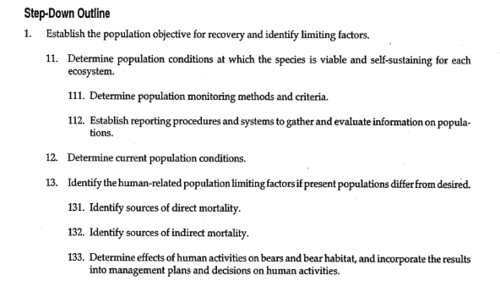D
Deleted member 28227
Guest
I guess without knowing exactly how the recovery and management goals were originally set I don't know whether this is the case or not. If the goals were somehow based on the population estimates at the time they were set, it would make sense that you'd need to recalibrate. But it seems more likely and appropriate for the goals to have been set based on genetic diversity/interchange, population distributions, fecundity, etc. to come up with a number that equals long term population viability, that wouldn't depend on a current population estimate. In that case I don't think there would be a need to recalibrate due to a more accurate population estimate, but it would be easy to argue a need to recalibrate based on new information and better science regarding population viability since the original goals were set. I do agree that it would have been easier for Wyoming to just commit to recalibrating, and it wouldn't have mattered much. Also agree that agencies in general tend to shoot themselves in the foot a lot, and can find some interesting ways to do it.







